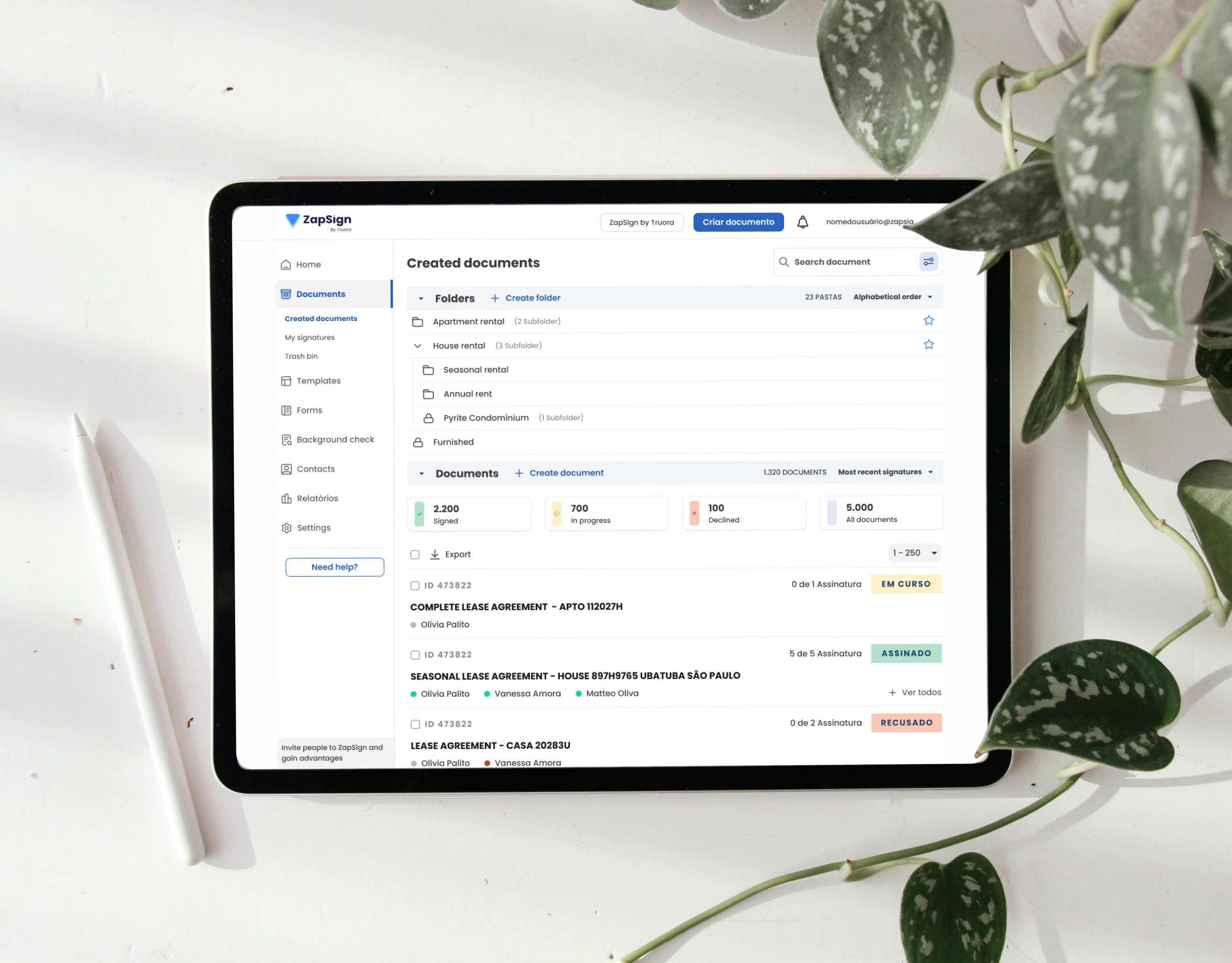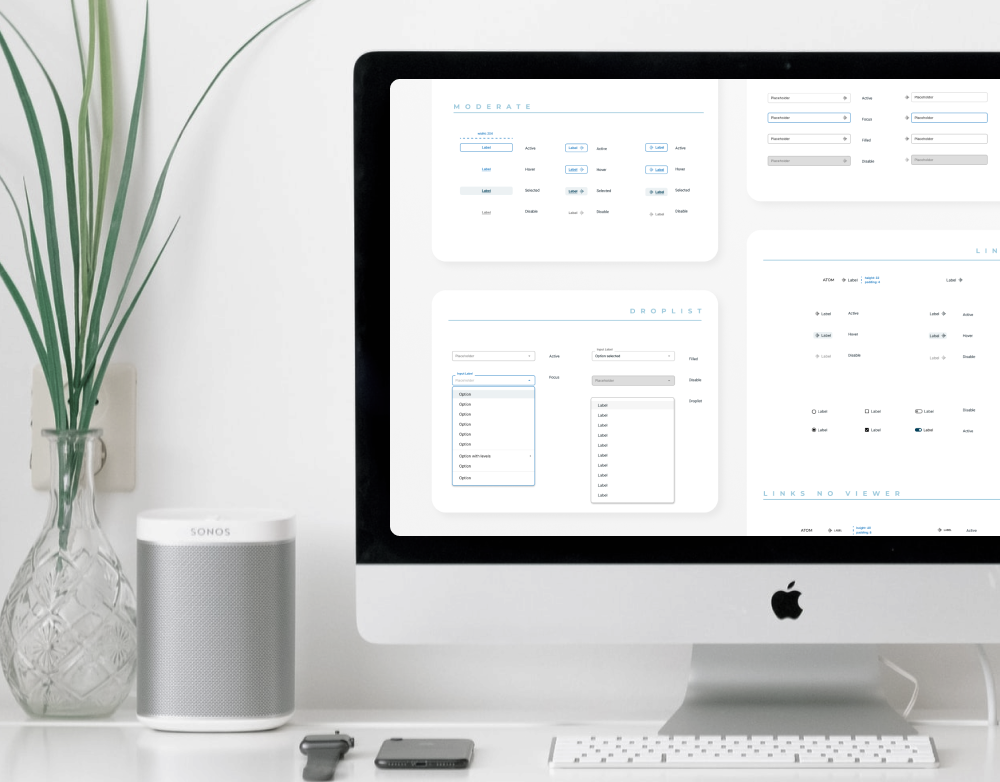My role
UX Research, Benchmarking, Design Workshop, Information Architecture, Prototyping, UI Design, Usability Testing, Design Handoff, Documentation with event mapping to collect data and influence future decisions based on user behavior.
Results
I enhanced efficiency between design and development, making deliveries more precise. The documentation and handoff structure became a reference for other squads and designers.
The Product - Patient App
The Hospital Sirio-Libanes is a healthcare institution recognized for its excellence in patient care and innovation in hospital services.
However, the exam scheduling process still presented challenges that impacted both the patient experience and the institution’s operational efficiency.
As a Product Designer, my mission was to design a journey aimed at increasing the volume of appointments and revenue through digital channels. I focused on creating an intuitive solution that conveys clarity and transparency to users, not only enhancing the patient experience but also optimizing the hospital’s internal operational processes.
The project began with internal interviews to understand the home care service. During this deep dive, we identified critical challenges in the process that impacted both the patient experience and operational efficiency.
One of the main pain points mapped was the lack of transparency and communication failures. The unclear pricing at the time of scheduling often led to discrepancies in the amounts charged on the day of the appointment, causing frustration for patients.
Another critical issue was the manual scheduling logistics, which increased the risk of errors in the process. Additionally, we observed redundancy in document submission, requiring patients to resend their medical orders via WhatsApp.
To address these challenges, I conducted a comparative analysis with other healthcare institutions to identify market best practices. I studied how companies in the sector handled scheduling flows, insurance eligibility, and automated appointment confirmation.
Based on this benchmarking, internal interviews, and continuous collaboration with the Product Owner, we mapped key features and business rules that allowed us to automate certain manual processes, ensuring greater efficiency and technical accuracy in the exam scheduling experience.
With a clear understanding of the challenges, we moved into the product architecture phase. This was the moment to structure the functionality, ensuring not only development efficiency but also delivering value to both users and the business.
Starting with an ambitious initial scope that aimed to support exam scheduling across multiple modalities, I conducted strategic analyses to help prioritize a viable and high-impact segment: home exam collection scheduling.
This decision allowed us to break the project into more agile development cycles, focusing on the business’s immediate needs. Additionally, it enabled data collection on the initial feature’s usage, guiding improvements in future product evolution phases.
Throughout the process, I facilitated constant alignment with the development team, ensuring that each design decision was validated from a technical perspective. This close collaboration between design and technology was crucial in transforming the project’s complexity into a scalable solution.
Furthermore, I provided strategic insights to the Product Owner, highlighting improvement opportunities and prioritizations that would add value for both patients and healthcare professionals.
Good practices for user interface design generate a impact on usability that reverberates in the product retention rate
A well-designed product features an interface that instills user confidence through visual elements that guide, instruct, and communicate the results of interactions with the system.
User Interface Design ensures that navigation is simple and efficient, allowing users to independently learn how to complete tasks and derive value from their interaction with the product.
I conducted moderated usability tests with five users to analyze their behavior using a navigable prototype. Based on the research and test results, we decided to enhance the experience by incorporating AI-powered medical order scanning. This feature enables patients to quickly find their exams, reducing typing errors and confusion with technical exam terminology—among other insights and improvements.
In the digital product market, we have the benefit of choice; if a product doesn't provide us with a positive emotional experience, we can simply look for an alternative.
The home exam scheduling experience led to an increase in digital appointment adoption. There was a significant growth in the use of the online service, reducing the volume of in-person or phone bookings.
Lastly, the key learnings: The importance of continuous research focused on understanding business needs helped in defining and planning the development cycles; The project was carried out with strong collaboration between design, development, and business, which enabled us to create a viable and well-implemented solution; With each test and validation, we were able to refine the experience and address real user pain points.
This project reinforced my commitment to designing digital experiences that make a difference in people’s lives. At Hospital Sírio-Libanês, I successfully combined strategy, design, and technology to transform an essential process, ensuring greater convenience for patients and optimizing the institution’s operational processes.
This challenge was an incredible learning and growth experience, reaffirming the positive impact design can have on a company’s strategy.

